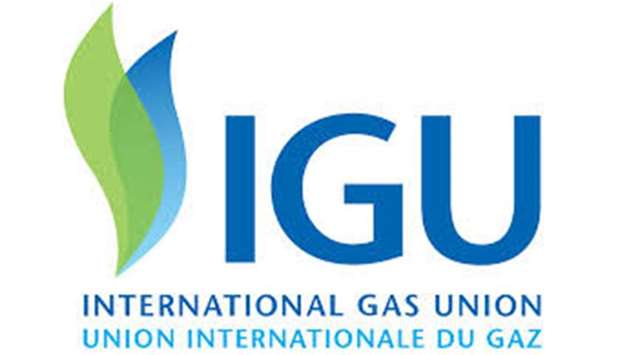Qatar-Italy was the "most common voyage" in LNG shipments in Europe in 2021, International Gas Union has said in a report.
As many as 76 LNG shipments were clocked in the Qatar – Italy route last year, IGU said in its ‘World LNG Report 2022’.
With additional liquefaction capacity, 2021 was characterised by a resumption of growth in the number of voyages and vessel utilisation, after Covid-19 demand reduction in 2020, IGU noted.
A total of 6,708 LNG trade voyages departed in 2021, up 12% from 2020, which in contrast saw little growth from the previous year.
Global growth in LNG trade voyages is in line with growth in liquefaction capacity, alongside growing competition between Asia and Europe as LNG demand centres.
The number of LNG trade voyages both to Europe and Asia has trended upwards since 2015, with growing year-on-year liquefaction and vessel deliveries.
The Panama Canal was widened and deepened in 2016, allowing for more transits. The resulting voyage distance and time from the United States’ Sabine Pass terminal to Japan’s Kawasaki LNG site was reduced to 9,400 nautical miles (nm) and 29 days through the Panama Canal, compared to 14,500nm and 45 days through the Suez Canal and close to 16,000nm and 49 days around the Cape of Good Hope.
However, due to the popularity of the route, the Panama Canal has become a bottleneck for this voyage, IGU noted.
LNG carriers reduce speed and increase the amount of LNG afloat in a quasi-floating storage as a short-term bridge before winter to meet larger end-of-year demand.
High charter rates and boil-off usually lead to storing LNG earlier in the year or for longer periods being uneconomical.
Covid-19 led to low LNG shipping charter rates, port closures and excess liquefaction, an environment that allowed for use of LNG carriers at reduced speed or eventually for storage as early as February 2020.
This dampened the effect that demand destruction otherwise would have had on vessel utilisation in 2020.
In March 2021, the Ever Given container ship ran aground in the Suez Canal, blocking the passage for a week. 16 LNG carriers intended to transit through the Suez Canal at this time, some of which made the decision to sail around the Cape of Good Hope instead.
There were 4,598 voyages to Asia in 2021, a 10% increase from 2020 driven by stronger Chinese demand amidst a colder winter at the beginning of the year, coupled with a coal shortage and stronger industrial demand towards year-end.
European trade voyages grew 11% to 1,435, competing head-to-head with Asia for LNG supply.
According to IGU, the most common voyage globally in 2021 was from Australia to Japan, with 452 voyages. This was closely matched with the voyage count from Australia to China, at 447 journeys.


